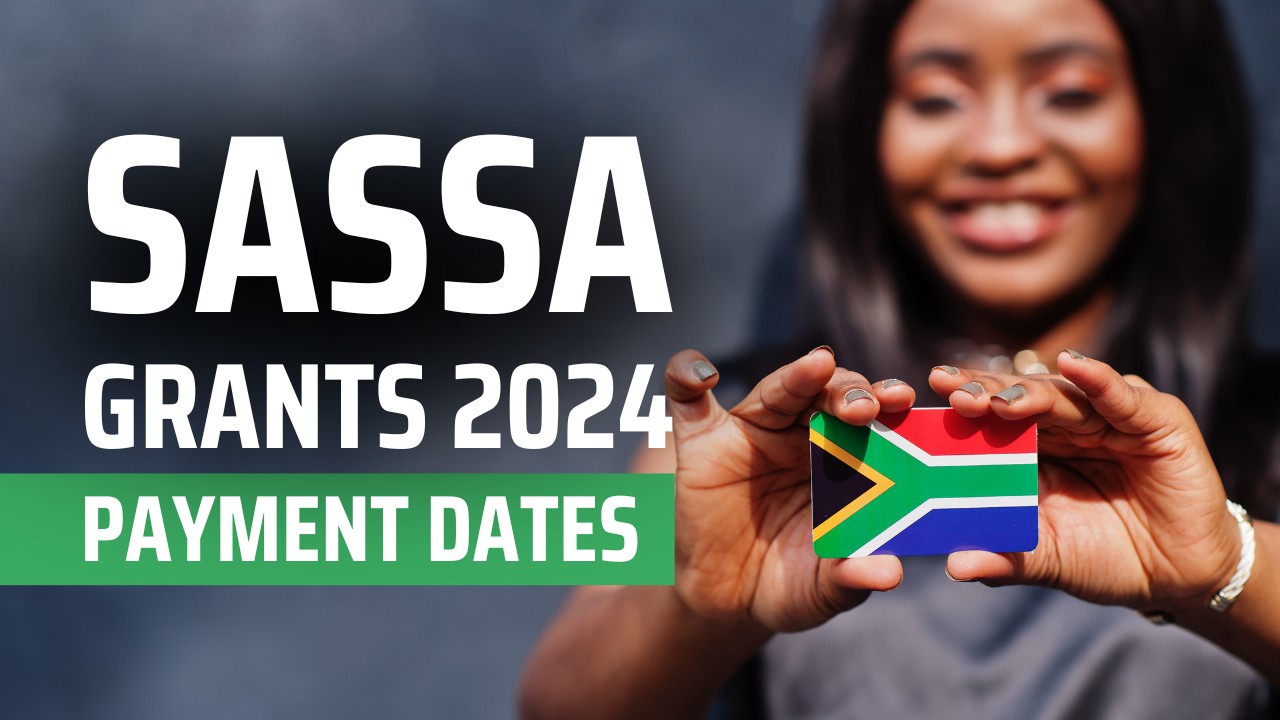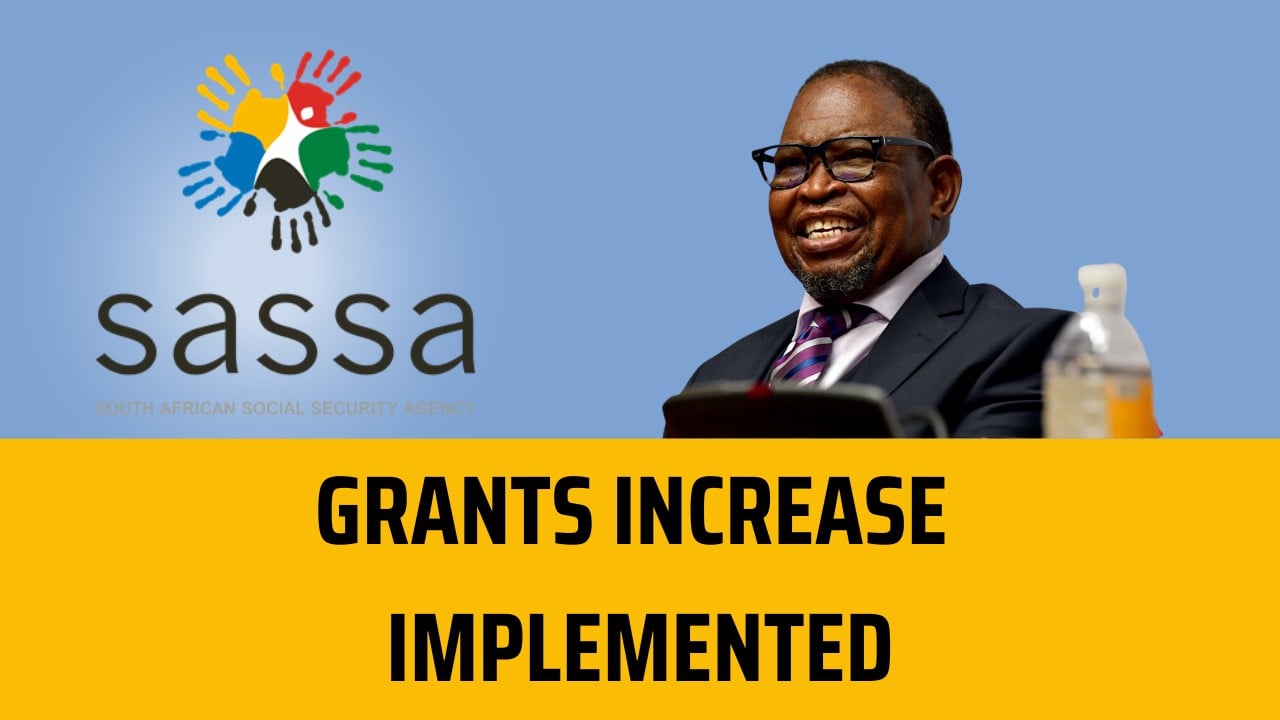Grants from the South African Social Security Agency (SASSA) have helped millions of people overcome the challenges of poverty and unstable economies by providing vital financial support to the most vulnerable members of the country. The 2024 budget, which Finance Minister Enoch Godongwana released in Cape Town, includes major improvements to these handouts in response to the rising cost of living, which is made worse by ongoing inflation and economic difficulties. This thorough study investigates the specifics of the rises as well as their wider effects on social assistance programs.

The 2024 budget highlights several key adjustments to SASSA grants, each strategically designed to address the specific needs of different beneficiary groups:
Old Age, War Veterans, Disability, and Care Dependency Grants:
- Increase: R100 total, implemented in two phases; R90 in April and an additional R10 in October.
- Current allocation: Approximately 3.5 million beneficiaries receive these grants.
- Budget Impact: The total allocation for these grants has risen to R2.1 billion for the fiscal year 2024-2025, aiming to mitigate the financial challenges faced by the elderly and disabled.
Foster Child Grant:
- Increase: R50, bringing the total grant to R1,180 per month.
- Beneficiaries: This adjustment impacts around 400,000 recipients, reflecting a targeted approach to support foster care providers more effectively.
- Financial Allocation: An additional R240 million has been set aside to accommodate this increase.
Child Support Grant:
- Increase: R20, with a new total of R530; beneficiaries can receive up to R780 with the additional R250 top-up.
- Coverage: This grant reaches approximately 13 million children, representing a significant portion of South Africa’s youth.
- Enhanced Budget: The government has allocated an additional R1.6 billion for the Child Support Grant, anticipating a total expenditure of R65 billion in the 2024 fiscal year.
SRD-350 Grant: Continuation Amidst Challenges
This year’s Social Relief of Distress (SRD) Grant which was instituted as a stopgap during the COVID-19 pandemic will not be increased. To maintain this support system, the government has allocated R33.6 billion between 2024 and 2025.
- Recipients: As of the latest reports, the SRD grant aids approximately 10 million South Africans.
- Future Plans: Discussions are ongoing about the grant’s integration into a permanent social assistance framework, contingent on the successful reform of social security policies and securing sustainable funding.
Despite these increases, the grants’ adjustments lag behind the current inflation rate of 5.3%, which significantly influences the purchasing power of the beneficiaries:
- Economic Forecast: Analysts suggest that inflation might remain elevated due to external pressures such as global commodity prices and internal factors like utility rate hikes.
- Policy Adjustments: The government’s commitment to a policy review, with a white paper expected within three years, aims to align social security measures more closely with economic realities.
The transition from dependency on social grants to sustainable employment is critical for long-term economic stability:
- Employment Initiatives: The government has allocated R61 billion to employment programs and an additional R7 billion to the Presidential Employment Initiative, aiming to create over 500,000 jobs in the next three years.
- Impact on Unemployment: With a national unemployment rate hovering around 32%, these programs are designed to reduce dependency on social grants by providing viable job opportunities.
The government of South Africa has made a major commitment to assist its most vulnerable communities with the 2024 increases to SASSA funding. The true challenge, though, is striking a balance between short-term financial support and long-term job creation and economic growth. The government intends to promote a more inclusive and resilient economic climate, guaranteeing a successful future for all South Africans, by continuing to invest in social welfare and job creation. Through deliberate, long-term planning, this dual strategy not only resolves acute financial hardship but also tackles the underlying causes of poverty and economic inequality.
Read Also – $7800 Canada Child Benefit Payment 2024

